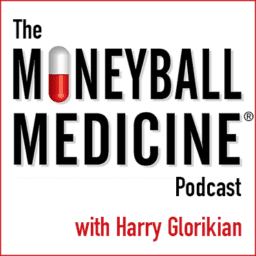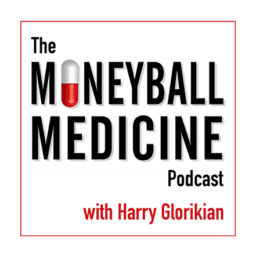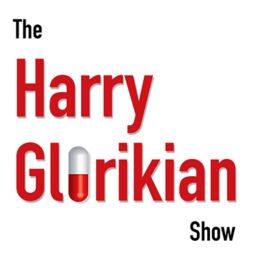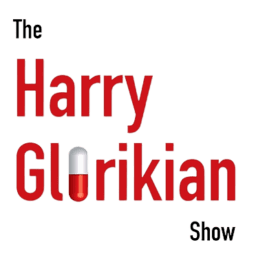Next Generation Sequencing Market Remains on Upward Trajectory
Two key trends will shape the genomic market over the coming decade, both of which are tightly linked to the advancement and application of technology. The first is the rapid advance of sequencer technology, which is resulting in declining costs for nucleotide sequencing and rapid technology democratization. The second is the push for technology application, which is leading to a shift in the center of gravity of genomics, from basic research to applied (i.e., translational) research, bringing high-value commercial and clinical applications in sight.
These key trends create two strategic imperatives—suppliers must add value to next-generation sequencing workflows in order to maintain healthy growth in the core genomic research business; they must also take the lead in developing existing product lines and capabilities into commercial and clinical solutions.
Genomic products comprise instruments and consumables, as well as associated hardware, software, and services directly involved in the study of DNA and RNA. In the near to medium term, the market is attractive, both from a size and growth perspective. Scientia Advisors’ research shows genomic revenue of $5.8 billion in 2009, projected to grow to about $9 billion by 2014.
At the highest level, the genomic market is driven by increasing government research funding in the U.S. and abroad. Genomic products capture a large share of these funds thanks to a steady stream of high-profile projects such as the 1000 Genomes Project, the Cancer Genome Project, the Human Microbiome Project, an anticipated wave of genome-wide association studies, and the potential for large-scale de novo sequencing projects.
Technological advances in sequencing are fundamentally changing the genomic landscape. Since their launch in 2005, next-generation sequencers (NGS) have quickly captured the high end of the sequencing market.
Genome centers and genomic service providers across the globe were first to jettison fleets of traditional sequencing instruments in favor of NGS’ low cost per data point.
Authors: Harry Glorikian, Brian Clancy





